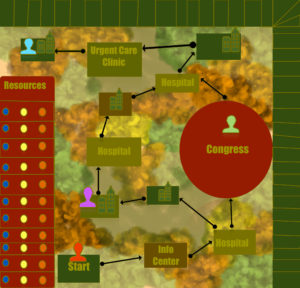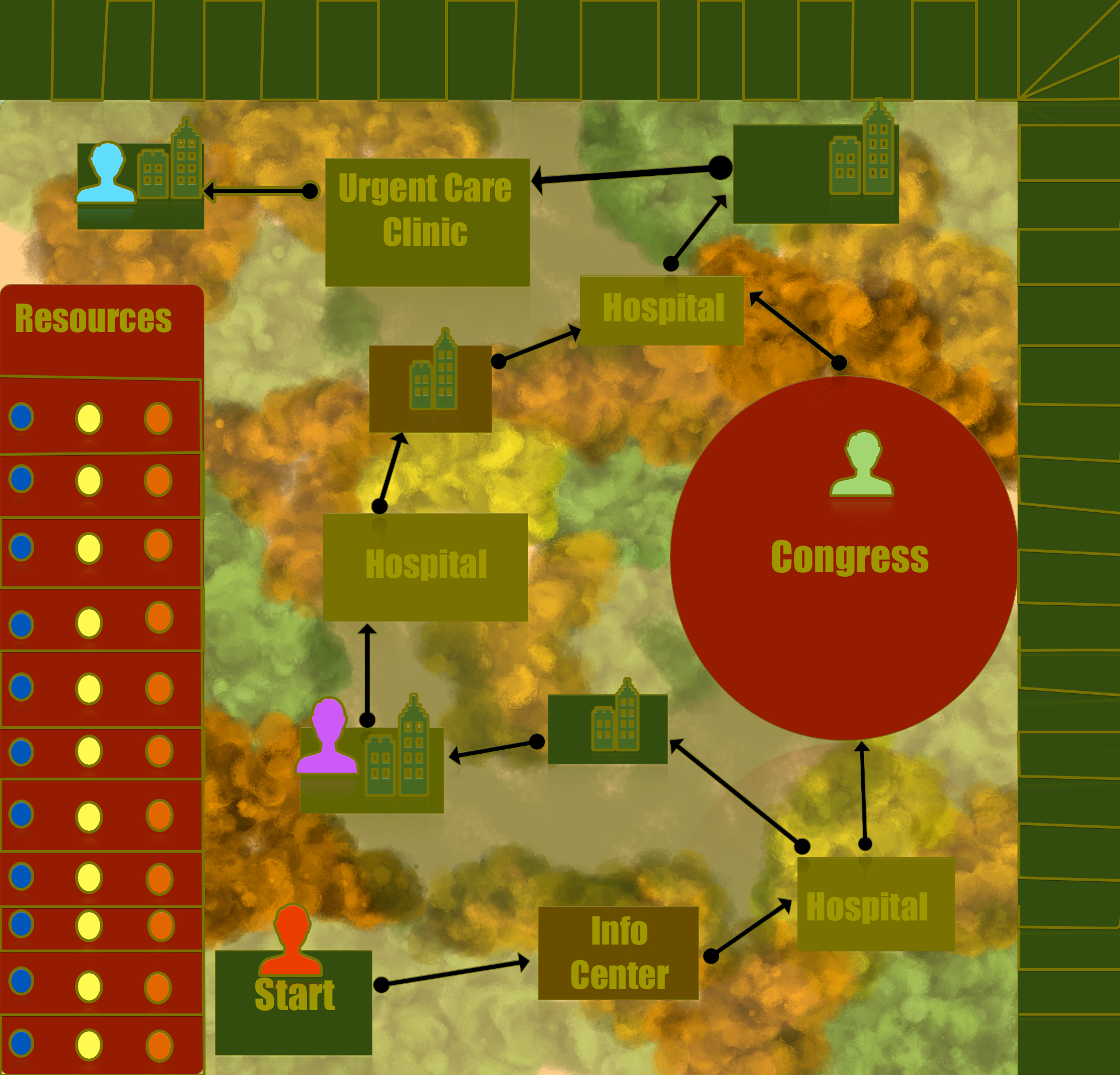Collaboration and Leadership
Prompt: IAS students develop their collaboration and shared leadership abilities by learning to work with others to identify dimensions of a project, generate and refine ideas, follow through on the consequences of collective decisions, and pursue specific tasks without losing a sense of the whole. As part of this process, they learn to assess and draw on group members’ diverse histories, strengths, and potential contributions. They develop skills in listening, mediating conflict, playing different roles, and reflecting on the outcomes of collaborative work. Students learn different ways of managing groups, communicating effectively and respectfully across differences, and reflecting critically and creatively on collaboration processes.
What it means to me: There’s no “I” in “Team.” As a type-A personality and a perfectionist, group projects are often a struggle for me, though being in the IAS program has allowed me to really get good at working as a team. Whether it was back at home, or across an ocean, teamwork activities became an integral part of my college career. I have learned that being the boss is challenging, and even when in charge, one still must work with others to get things done. Being able to collaborate with other students, including Korean students have opened up my mind to collaboration, especially when it is necessary to make sure multiple demographics are considered. Below are some of the group projects I’ve worked on in my time at UWB that have stood out as good examples of collaboration and shared leadership:
INFO 497- Information, Culture, and Technology in Modern South Korea
Fall 2017
Joint Seminar Exercise- University of Washington and Seoul National University
While studying abroad in South Korea, we were tasked to team up with our fellow students at Seoul National University to design an application that could be used to efficiently and affectively search for housing in Seoul or Seattle with the premise that said app could be catered to both Eastern and Western sensibilities in terms of design, intention, and expectations. The key aspect to the design was the collaboration and shared leadership within our groups which comprised of half UW and half SNU students, allowing us to approach the task from multiple lenses to create the most effective design. Interesting insights we gained from the project included the priorities of Koreans vs Americans in housing (Koreans were most concerned with proximity to dining, whereas Americans were most concerned with safety), as well as sensibilities and humor (to name our app, I threw out the ridiculous name “HouSwipe” which the Korean students enjoyed much more than the US students).
Below are the minutes from this exercise:
BIS 313 B- Games for Social Change
Fall 2017
Social Issue Game Design-
For this final project, we were tasked with creating a concept game that pertained to a social issue. Working as a team, our group had to figure out how we wanted to approach our demographics of players aged 60-70, and what we wished to touch on. Focusing on the issue of veteran healthcare, we created a board game that put players through the motions of VA officials who have to juggle funds with helping vets. This project encouraged us to build off of each other’s ideas as a way to simulate real game designers’ work. It created an opportunity for us to experience a game developer’s job, and to realize how much collaboration is important when working in development.
Below are the designs and descriptions for the game we created, cheekily called Saving Private Ryan
Saving Private Ryan Presentation

